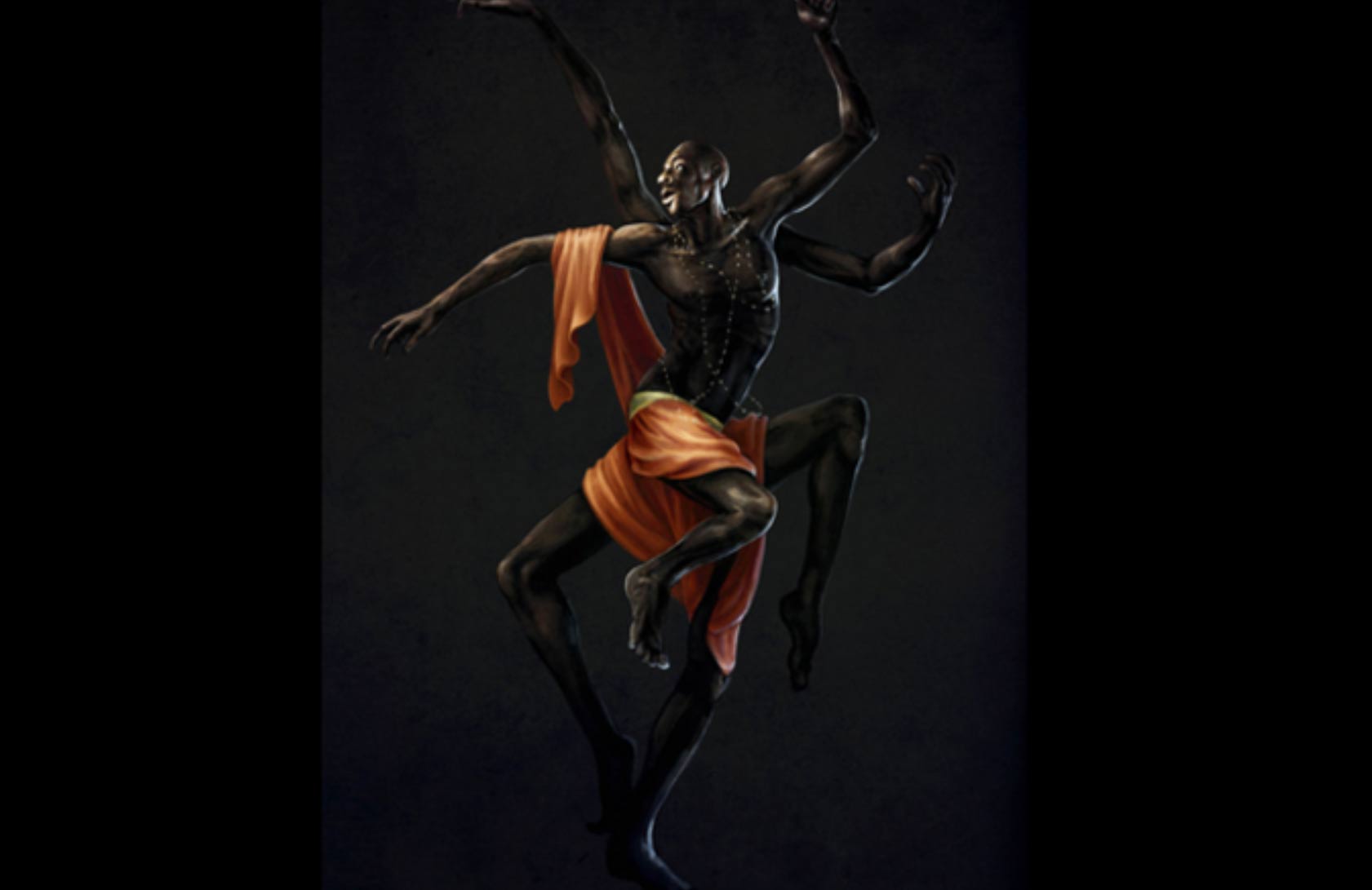African cultures are rich with diverse forms of communication, including written and symbolic languages. This article delves into the art and significance of Adinkra symbols in Ghanaian culture, highlighting their creative nature and evolution as a form of writing. Furthermore, it draws a comparison with Nsibidi, a system of symbols used in Igbo Land, Nigeria. By examining the historical context and cultural significance of both Adinkra symbols and Nsibidi, we gain insight into the development and expression of written communication in Africa.
Adinkra symbols have a long history in Ghanaian culture and are closely associated with the Akan people. The origins of Adinkra symbols can be traced back to the Ashanti kingdom, which flourished from the 17th to the 19th century. Initially, Adinkra symbols were used primarily by royalty and spiritual leaders as a means of communication and expression.
The creative process of Adinkra symbols involves intricate hand-carving of stamps from calabash or wooden blocks. These stamps are then used to print symbolic patterns onto fabric. Adinkra symbols are deeply rooted in Akan cosmology, reflecting their religious and philosophical beliefs. Each symbol carries a unique meaning and represents various concepts, such as wisdom, bravery, unity, and proverbs.
Adinkra symbols carry profound meanings in Ghanaian culture, representing a wide range of concepts and values. Some notable Adinkra symbols include:
Gye Nyame
This symbol depicts a stylized sun, representing the omnipotence and supremacy of God. It signifies the belief that everything happens by God's will and emphasizes the importance of faith in Ghanaian culture.

Sankofa
The Sankofa symbol features a bird with its head turned backward while taking an egg off its back. It symbolizes the idea of learning from the past to move forward. It embodies the importance of cherishing and acknowledging one's roots and heritage.

Dwannimmen
The Dwannimmen symbol depicts the ram's horns, representing humility, strength, and the importance of being humble despite possessing power. It is often associated with leadership and encourages individuals to exercise their power responsibly.

Adinkra symbols have evolved over time, adapting to changing social and cultural contexts. They have become an essential part of Ghanaian cultural identity, used in various art forms, architecture, jewelry, and even on national emblems and currency. Adinkra symbols continue to serve as a visual language, communicating values, traditions, and aspirations.
Nsibidi: A Comparative Analysis

Nsibidi is another system of symbols used in Igbo Land, Nigeria, particularly among the Ekpe secret societies. Like Adinkra symbols, Nsibidi has a long history and plays a significant role in Igbo cultural expression. However, Nsibidi differs from Adinkra symbols in terms of its usage and visual form.
Nsibidi symbols are often etched onto surfaces such as wood, walls, or skin, and they serve as a secretive script for initiates of the Ekpe societies. The symbols are known for their intricate and abstract designs, which convey complex meanings and messages. Nsibidi was not widely understood by those outside the Ekpe societies, contributing to its mystery and exclusivity.
Comparing Adinkra symbols and Nsibidi reveals some similarities and differences. Both systems employ symbols to convey meaning, but Adinkra symbols have a broader public usage and are more widely recognized. Nsibidi, on the other hand, remains largely confined to the Ekpe societies and carries a sense of secrecy and exclusivity.
The Significance of African Writing Systems
The development of writing systems in Africa, such as Adinkra symbols and Nsibidi, holds immense historical and cultural significance. These systems represent an indigenous form of written communication, challenging the misconceptions that writing originated solely from outside the continent.
African writing systems highlight the creativity, ingenuity, and intellectual prowess of African societies throughout history. They are not mere imitations of external scripts but embody unique cultural expressions and convey deep meanings. These writing systems serve as a tangible link to Africa's rich past and contribute to the preservation and celebration of diverse African cultures.
Adinkra symbols and Nsibidi exemplify the creative and evolving nature of writing in Africa. Through the art of symbolism, these systems communicate cultural values, beliefs, and historical narratives. They challenge the notion that African writing is solely derived from external sources and demonstrate the ingenuity and intellectual contributions of African societies.
Adinkra symbols, deeply rooted in Ghanaian culture, have evolved as a visual language, conveying meaning through their unique designs and representing a wide range of concepts. Nsibidi, on the other hand, serves as a secretive script within the Ekpe societies of Igbo Land, carrying complex messages and maintaining an air of exclusivity.
By examining the history and significance of Adinkra symbols and Nsibidi, we gain a deeper understanding of the creative nature of African writing. These systems challenge stereotypes and showcase the rich heritage and intellectual traditions of African cultures. They serve as a testament to the diversity and complexity of African societies and contribute to the preservation and celebration of African cultural identity.
References:
- Ampene, K. (2008). The Art of Adinkra: Symbols and Meaning in Akan Culture. Indiana University Press.
- Bascom, W. (1962). The Forms of Traditional African Education. Proceedings of the American Philosophical Society, 106(6), 485-495.
- Drewal, H. J. (1989). African Symbols: Proverbs, Parables, and Myths. Indiana University Press.
- Ebiegberi, J. B. (2013). Nsibidi as a Communication Medium in Pre-Literate Nigeria. International Journal of Research in Arts and Social Sciences, 5(1), 86-94.
- Njoku, O. (2013). The Art and Magic of Nsibidi: The Cradle of Writing in Nigeria. Routledge.
- Okpewho, I. (1992). African Oral Literature: Backgrounds, Character, and Continuity. Indiana University Press.
- Opoku, A. (2005). Symbols of Adinkra. Indiana University Press.
- Schuhmacher, H. (2000). African Scripts: The Writing Systems of West Africa. Museum of Ethnology, Frankfurt.

We appreciate your contribution.
Join the Oriire Community
Become a free member to get the monthly roundup, unlock more challenges, comment on articles and bookmark your favourites




















Share
0 Comments